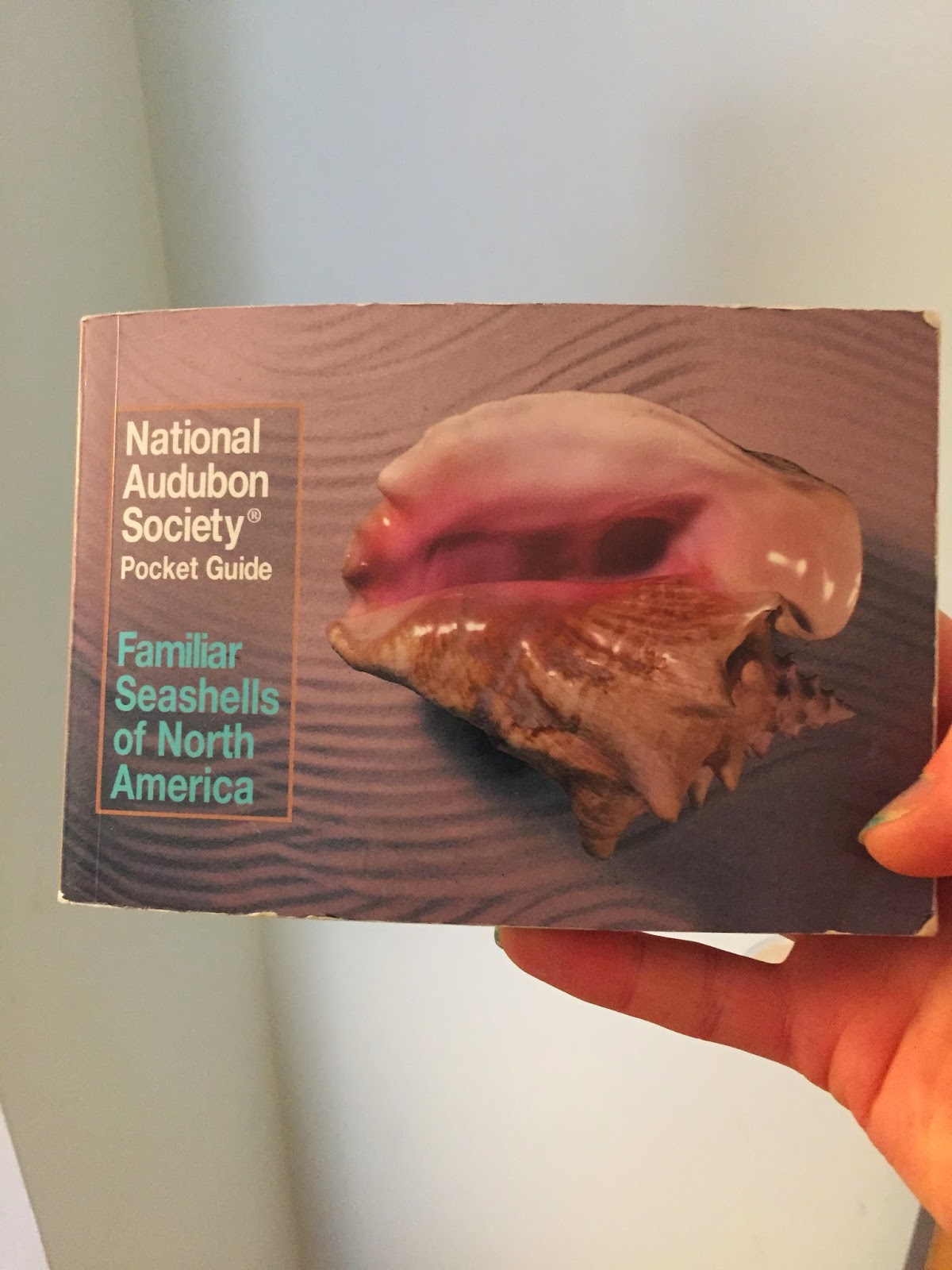Hi guys! So I'm gonna do a quick post about cleaning your seashells today. I want to apologize beforehand for the first three pictures- I took screenshots from my Instagram because I couldn't find the original images.
Oh and by the way, I update my Instagram way more often than this blog because it's quicker to do, so if you want a daily fix of shells, you can follow my Instagram.
But let's move on from social networks and get back to shells!!!!!!!!!
So in order to clean your shells you should soak them overnight in a 7/8 water and 1/8 bleach bath. I used the regular laundry.
You put your shells into the bleach bath and let them soak for 24 hrs. Then, using a small screwdriver, you can get all the barnacles of.
Now, as you can see from the two photos above, I put ALOT of shells into the two containers, so the bleach bath did not really soak through the upper shell layers into the lower ones and they were not as clean and nice, as the ones on top. So you might want to clean your shells in smaller portions.
Here's a photo of one of my monster Florida Fighting Conchs. The bleach bath cleaned up the color nicely and also softened up the barnacles quite a bit. I got all of the barnacles off, after taking the "after" photo.
I wanna warn you all, that sea urchins should not be put in bleach baths, nor old crab claws. This beach bling will get soaked and fall apart. Same with operculums.
Also, I found that my Chestnut Turbans became bleak after the bleach baths, not nice and cleaned up, so maybe I should have put them in for a shorter time.
After you're done with the bleach, you can pour it in the toilet. Some people use muriatic acid (Which I understand is a form of hydrochloric acid) to make their shells even brighter and more colorful after the bleach bath. But I don't, because one- HCl is dangerous stuff to have around the house, and two- the muriatic acid apparently harms the shell by destroying some of the calcium carbonate that makes up the shell. However, muriatic acid does bring dramatic and beautiful results, so it's up to you whether you want to use it or not.
And that's all I have to say on the subject of shell cleaning.
Next, I want to show you my one, and probably only, freak shell!!!!!!!!
It's a Scotch Bonnet- and notice that it has not one lip but two!!! Woaaahhh! Cool, huh?
Here's another view of the same shell. I have no idea how this guy got its deformity, but it adds to the shells mystery... I found this Scotch Bonnet in Fort Lauderdale, Florida.
And here is a photo of a perfect, not deformed Scotch Bonnet. I found this one in Fort Lauderdale too. These guys are members of the Helmet family and range from North Carolina to Texas and Brazil. They feed on sea urchins and sand dollars.
I've always loved these adorable shells, and look forward to finding more.
And this brings us to an end of another entry. But first, I wanted to tell you, that one of my blog reader (this means you guys!!!!) sent me a bag of exotic shells and fossils. I am in the process of identifying and researching them and I hope to finish doing that soon and posting several more entries for you guys. So thanks very much for that unknown donor, who wished to remain anonymous!!!!!!
Bye y'all,
Lava of Ocean Dawn :D
P.S. If you guys want me to do a post on a specific shell topic, please comment below and I will try to fulfill your wishes. :)

















































